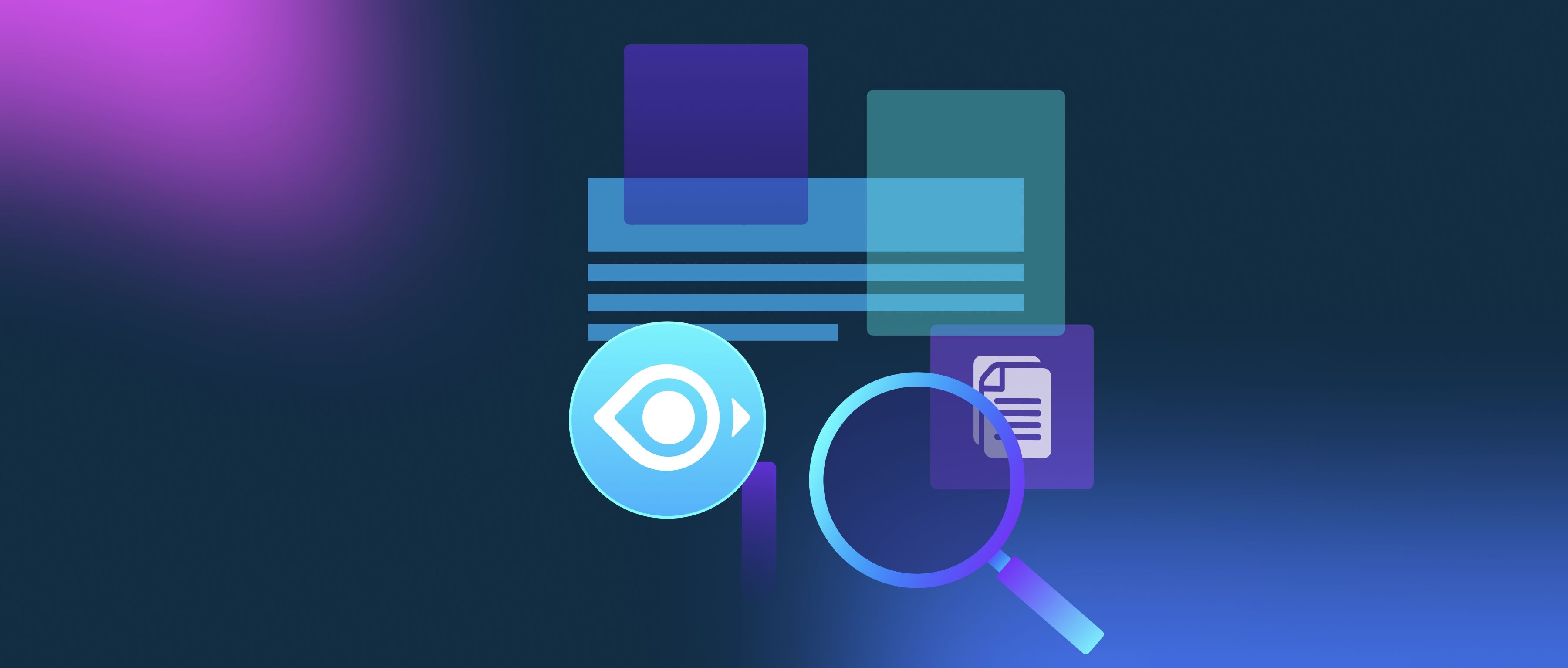SSL, or Self-Supervised Learning, plays a significant role in both speech recognition and synthesis by enabling models to learn from large amounts of unlabelled audio data. Instead of relying solely on annotated datasets that require a considerable amount of effort and resources to create, SSL allows developers to train models by utilizing the raw audio input. This approach reduces the dependency on labeled data and can lead to more robust and effective systems.
In speech recognition, SSL techniques help improve the accuracy of transcribing spoken language into text. For instance, models can learn various phonetic and linguistic features by predicting parts of the audio from other segments without needing a corresponding text output. This learning process makes the model aware of different pronunciations, accents, and noise variances in real-world applications. As a result, systems can generalize better to unseen audio inputs, improving the overall user experience in applications like voice assistants, transcription services, and automated customer support.
Similarly, in speech synthesis, SSL contributes to generating more natural-sounding voices. By training on vast amounts of unlabelled speech, models can understand the nuances of human speech, such as intonation, stress, and rhythm. This learning allows for the generation of higher-quality audio outputs that mimic natural human speech patterns. For example, a speech synthesis system that utilizes SSL can produce distinct variations in tone when delivering different types of content, making it more engaging for the user. Overall, SSL enhances both recognition and synthesis systems while making them more efficient and effective in handling spoken language.
